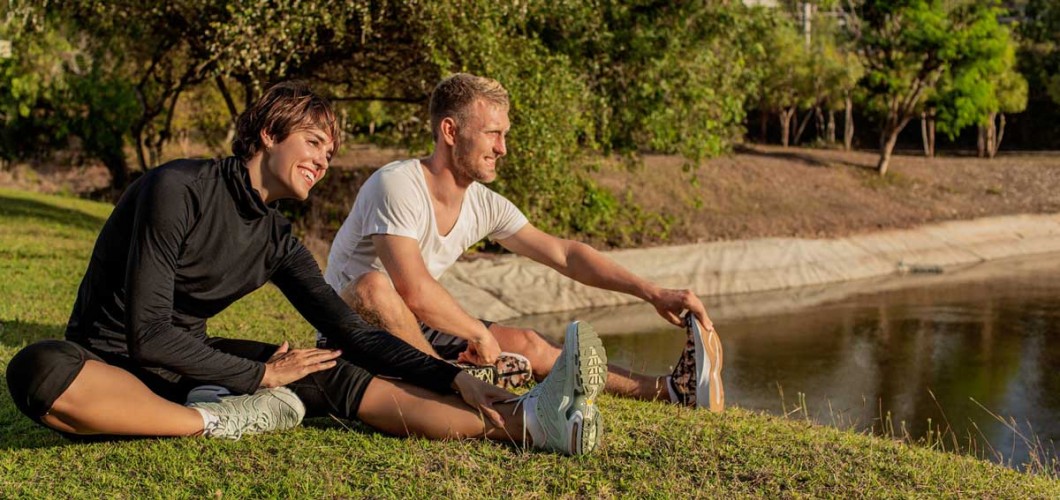
First Aid in Camping and Hiking: Key Considerations
Camping and hiking are great ways to spend time in nature. However, outdoor activities come with risks, including various accidents and health emergencies. First aid knowledge in these activities can be life-saving. The health issues encountered in camping and hiking are often linked to environmental factors, physical exertion, and natural obstacles. In this blog, we will discuss the importance of first aid training in nature, the common health problems encountered, and the essential first aid considerations for camping and hiking.
1. The Importance of First Aid in Nature
In camping and hiking, when an accident or emergency occurs, it can often be challenging to access medical services. In remote areas with no phone signal or in the wilderness, reaching healthcare providers can take time. In these situations, first aid knowledge plays a crucial role in providing the initial response to the victim. Additionally, many health issues that occur during outdoor activities can be anticipated, and being prepared allows for a faster and more effective response to these situations.
2. Common Health Problems in Camping and Hiking
There are several health issues that individuals might face during camping and hiking trips:
a. Injuries and Fractures
During camping and hiking, slips, falls, or collisions often lead to injuries. Especially in activities like mountaineering or forest trekking, fractures and other injuries are common. In such situations, it’s essential to stabilize the injured person before moving them.
b. Insect Bites and Stings
Insect bites are a common issue during outdoor activities. Bee stings, hornet stings, or insect bites can cause allergic reactions. For some individuals, insect stings can result in life-threatening reactions, and early intervention is critical.
c. Heatstroke and Heat Exhaustion
The direct effect of sunlight on the body is another issue faced during camping and hiking. Prolonged exposure to heat and spending time outdoors can lead to heatstroke or heat exhaustion. If not promptly addressed, these conditions can lead to severe health complications.
d. Dehydration and Fluid Loss
Spending long hours in nature can cause significant fluid loss. Inadequate water intake and excessive sweating can lead to dehydration. Dehydration can cause fatigue, dizziness, and even loss of consciousness, making it essential to stay hydrated during outdoor activities.
e. Plant Poisoning
While in nature, encountering wild plants is common, and some of them can be poisonous. Eating, touching, or inhaling toxic plants can lead to poisoning. Knowing about toxic plants and how to avoid them is vital for staying safe while camping or hiking.
3. First Aid Procedures in Camping and Hiking
Here are some first aid steps for common emergencies during camping and hiking:
a. First Aid for Injuries and Fractures
If someone falls and sustains a fracture, it’s important to calm the person and avoid moving them. Stabilize the injured area and apply a cold compress. The person should be kept still until help arrives.
b. First Aid for Insect Stings
In case of an insect sting, clean the affected area and apply a cold compress. For bee stings, remove the sting immediately. If there is an allergic reaction, antihistamines may be used, and the person should be taken to a medical facility.
c. First Aid for Heatstroke and Heat Exhaustion
If heatstroke or heat exhaustion symptoms are observed, move the person to a shaded area and allow them to rest in a cool environment. Provide plenty of water and use cooling methods, such as wiping their body with damp cloths, to help cool them down.
d. First Aid for Dehydration
If dehydration is suspected, provide fluids to the person. However, avoid giving large amounts of water all at once. Instead, give small amounts of water at regular intervals. If the person cannot drink, seek medical help immediately.
e. First Aid for Plant Poisoning
If someone comes into contact with a toxic plant, immediately clean the affected area. If the plant was ingested, do not give the person water to drink and call for medical help right away. Poisoning symptoms may not appear immediately, so it’s crucial to get the person to a healthcare facility.
4. Being Prepared for First Aid in Nature
Being prepared for emergencies in camping and hiking is crucial for ensuring safety. Here are some tips to help you be ready:
a. First Aid Kit
Always take a basic first aid kit with you on camping or hiking trips. Your kit should include bandages, wound cleaning materials, insect repellent, painkillers, burn ointment, antiseptic, and antihistamine medications.
b. Communication Devices
If you’re going to an area with no phone signal, it’s a good idea to have a communication device such as a radio or satellite phone to stay connected.
c. Take a First Aid Course
Taking a first aid course specifically for outdoor activities can boost your confidence and preparedness. It will ensure that you know how to act quickly and effectively in an emergency.
5. Conclusion: First Aid in Nature Can Save Lives
Camping and hiking are wonderful ways to connect with nature, but they also come with certain health risks. First aid knowledge is crucial in managing injuries, insect stings, heat-related issues, dehydration, and plant poisoning. By being prepared and knowing the appropriate first aid procedures, you can ensure a safe and enjoyable experience in the wilderness.

Leave a Comment